Matali Crasset exhibition at Galerie Thaddaeus Ropac Pantin, Paris
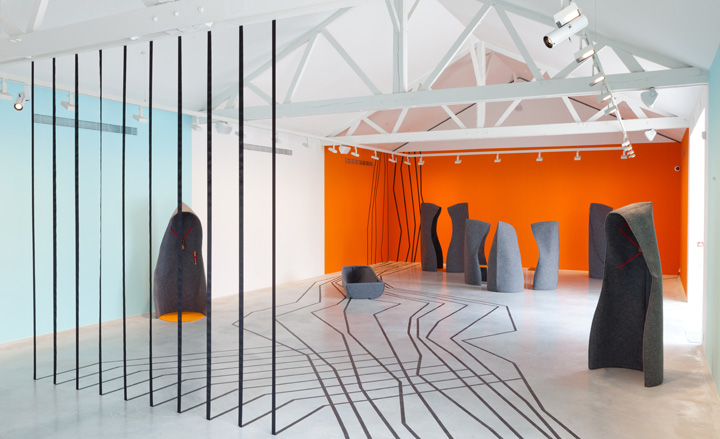
There's something apt about making the trip to Pantin, just beyond the ring road that demarcates central Paris, to take in 'Voyage to Uchronia', Matali Crasset's new show. Uchronia, for starters, refers to a theoretical construct of unspecified time rather than place (the word was coined by 19th-century French social thinker Charles Renouvier as a portmanteau of 'utopia' and 'chronos'). The trip isn't far - a half hour on the Métro or commuter train - but it allows the necessary distance before arriving at an installation based on reflection and respite.
Crasset has created a sort of otherworld within one of the buildings that makes up Thaddaeus Ropac's fourth gallery (formerly a heating factory, it opened last November). And the compound's contemplative, contemporary design is conducive to Crasset's environment - an imagined setting where modules of grey felt furniture are meant to represent a primitive community. Accent walls of vibrant orange and calming blue are connected by grooves of black tape that suggest a river current.
The upright alcoves (each built from metal and padded before being covered in felt) have been shaped into pointed hoods, giving them an anthropomorphic look (picture an avant-garde cult) that contributes to the enveloping sensation when experienced from within. Stand or sit inside and the sound levels instantly change (two pieces are actually
equipped with overhead speakers that pipe in a mix of nature and industrial noises). More impressively, they seem to block out the world.
'It's this idea of not resting in the superficial external world but bringing ideas towards you to reflect, to compose,' she said
yesterday as finishing touches were put on the installation. 'I also wanted to give a human presence to furniture.'
Variations on the theme include two hooded forms decorated with photographs of prominent social thinkers (with a copy of Nobel Peace Prize-winning Jane Addams' 'The Spirit of Youth and the City Streets' tucked into a pocket); one is equipped with an old Chinese wood bell and another is placed prostrate, resembling a canoe.
Crasset acknowledges how, as an industrial designer, she must tweak her thinking when inhabiting an art space. 'I'm doing something between furniture and sculpture,' she says. Anyway, her signatures - graphic, ephemeral, vegetal elements - are just as evident here as, say, in her public commissions or budget hotels.
But perhaps this is where the 15-minute film, directed by Juli Susin with Julia Rublow, establishes an additional 'art' layer. Projected onto the far wall, it was shot in a forest near Vienne, France, and features a small group of her friends and family playing the inhabitants of Uchronia. They perform a ritual in the presence of a a herd of wild boars and soak up the sun wearing campy futuristic reflective dishes around their necks.
Calling it an 'initiatory' experience, she says the narrative reinforces the link between our primitive ways of gathering and a sort of ideal future. Of course, this is merely Crasset's interpretation of a Uchronia and one, she hopes, of many. 'I want people to feel the idea of this community first and then I want them to understand the role of permanence - the permanent part of ourselves which exists in every type of society - and also the idea of introspection.'
Crasset says she is unsure what will come of the pieces after the show (they would make for novel meditation zones in a home or hotel). 'It's uncalculated,' she says. Which, in a way, makes perfect sense. A show conceived around eliminating the constraints of time should not require any further planning beyond the present.
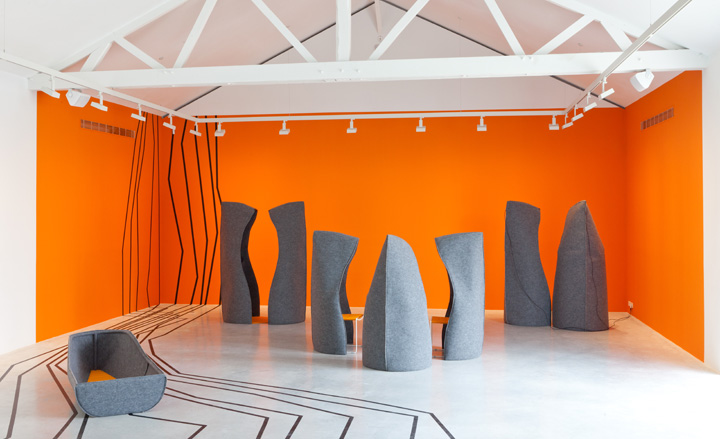
The upright alcoves (each built from metal and padded before being covered in felt) have been shaped into pointed hoods. Courtesy of Galerie Thaddaeus Ropac, Paris/Salzburg. © Matali Crasset.
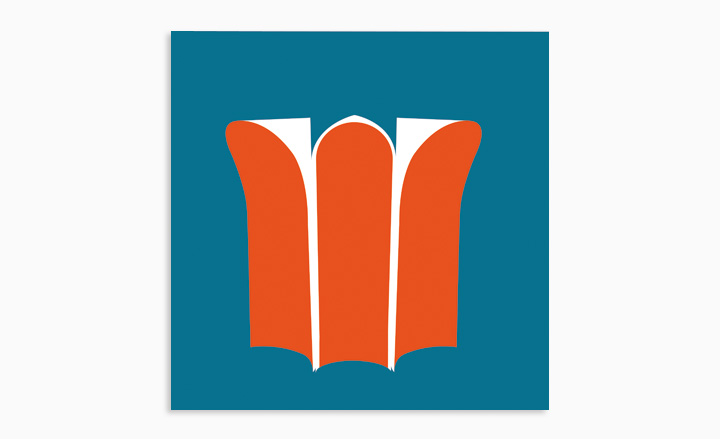
A working study of 'Voyage to Uchronia', by Matali Crasset.
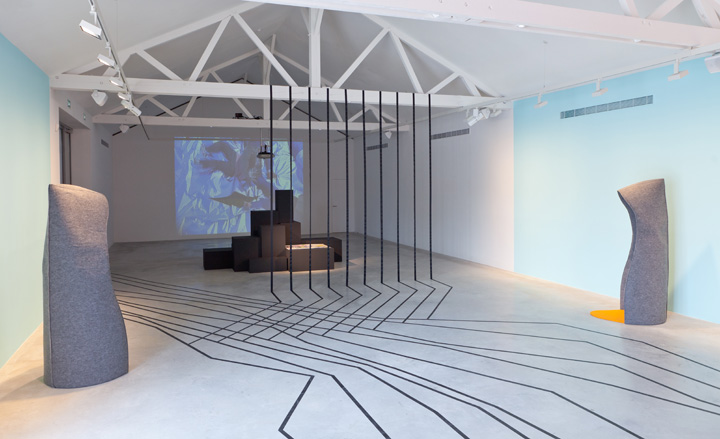
'I'm doing something between furniture and sculpture,' Crasset says, acknowledging how, as an industrial designer she tweaks her thinking when inhabiting an art space. Courtesy of Galerie Thaddaeus Ropac, Paris/Salzburg. © Matali Crasset.
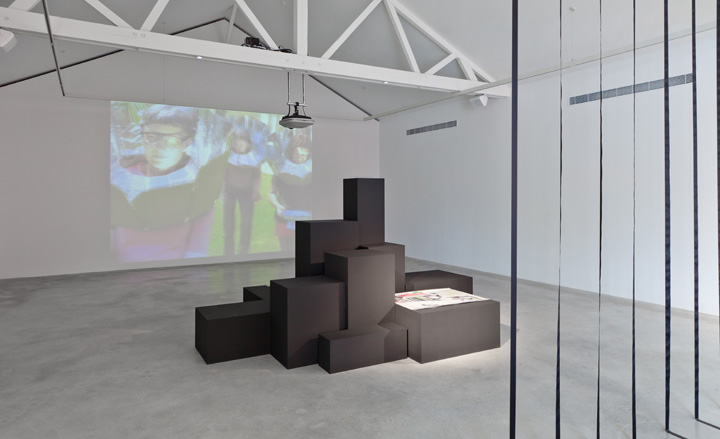
A film directed by Juli Susin with Julia Rublow, establishes an additional 'art' layer. Projected onto the far wall, it was shot in a forest near Vienne, France, and features a small group of her friends and family playing the inhabitants of Uchronia. Courtesy of Galerie Thaddaeus Ropac, Paris/Salzburg. © Matali Crasset.
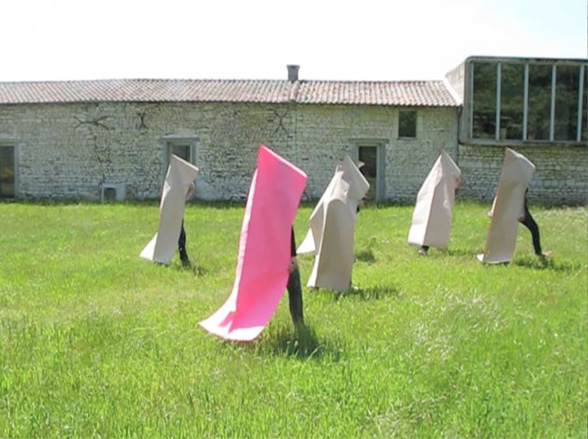
Film still from 'Voyage en uchronie: salvatico è colui che si salva', by Matali Crasset, Juli Susin with Julia Rublow, 2013. Courtesy of Galerie Thaddaeus Ropac, Paris/Salzburg.
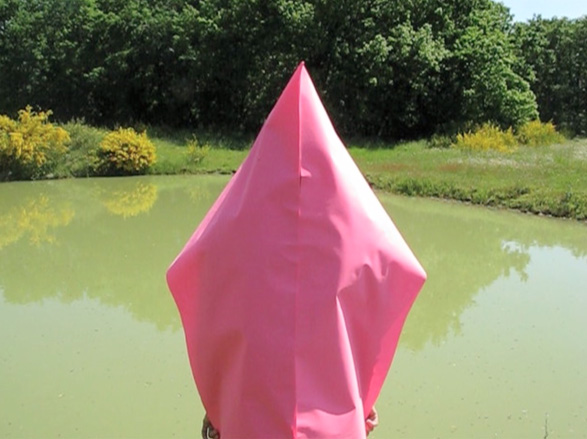
'Voyage en uchronie: salvatico è colui che si salva', by Matali Crasset, Juli Susin with Julia Rublow, 2013. Courtesy of Galerie Thaddaeus Ropac, Paris/Salzburg.
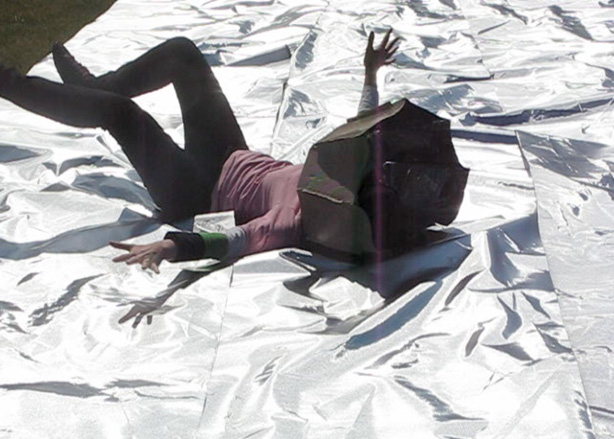
'Voyage en uchronie: salvatico è colui che si salva', by Matali Crasset, Juli Susin with Julia Rublow, 2013. Courtesy of Galerie Thaddaeus Ropac, Paris/Salzburg.
ADDRESS
Galerie Thaddaeus Ropac Paris Pantin
69, avenue du Général Leclerc
93500 Pantin
Wallpaper* Newsletter
Receive our daily digest of inspiration, escapism and design stories from around the world direct to your inbox.
-
 Marylebone restaurant Nina turns up the volume on Italian dining
Marylebone restaurant Nina turns up the volume on Italian diningAt Nina, don’t expect a view of the Amalfi Coast. Do expect pasta, leopard print and industrial chic
By Sofia de la Cruz
-
 Tour the wonderful homes of ‘Casa Mexicana’, an ode to residential architecture in Mexico
Tour the wonderful homes of ‘Casa Mexicana’, an ode to residential architecture in Mexico‘Casa Mexicana’ is a new book celebrating the country’s residential architecture, highlighting its influence across the world
By Ellie Stathaki
-
 Jonathan Anderson is heading to Dior Men
Jonathan Anderson is heading to Dior MenAfter months of speculation, it has been confirmed this morning that Jonathan Anderson, who left Loewe earlier this year, is the successor to Kim Jones at Dior Men
By Jack Moss
-
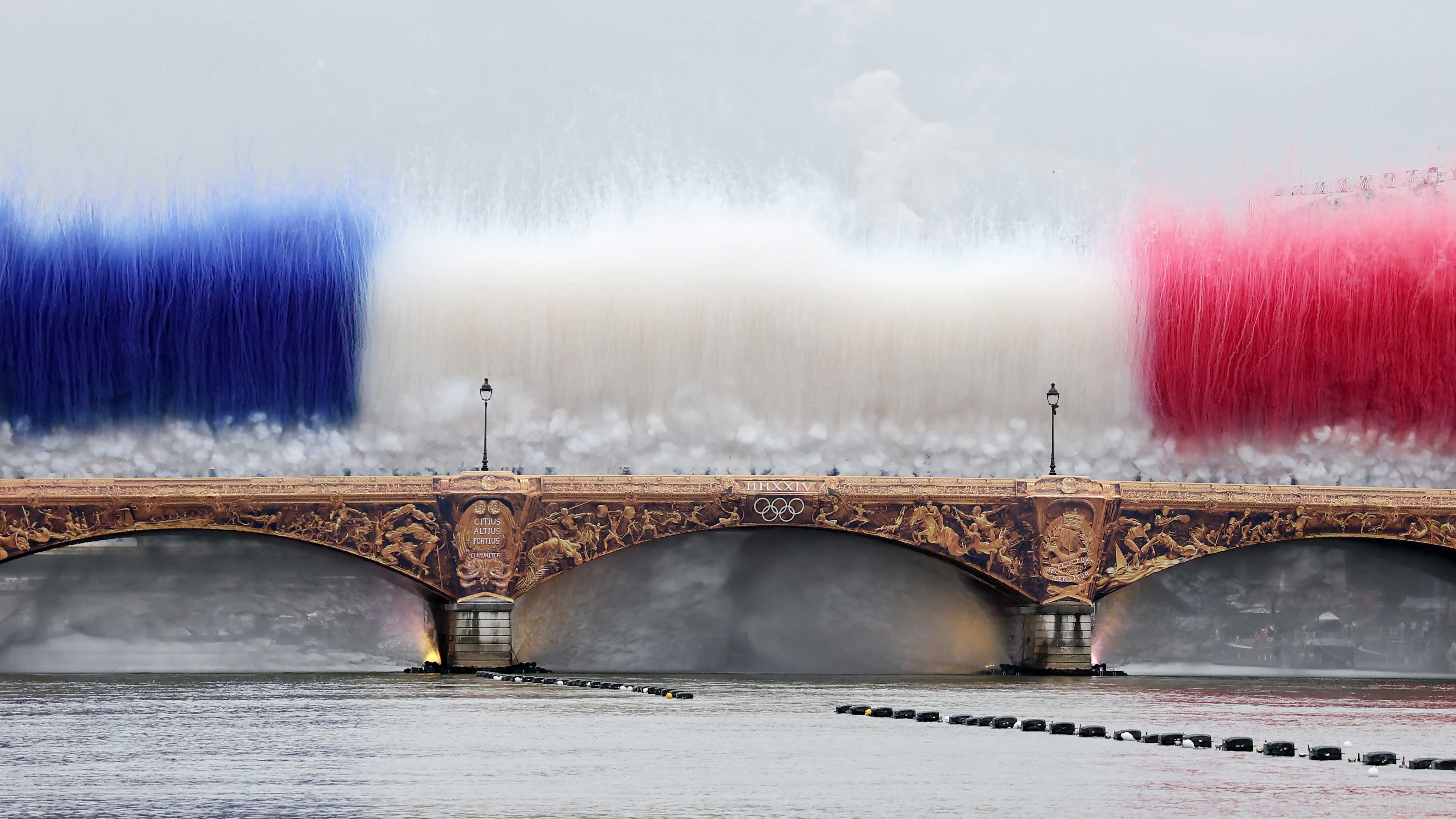 Olympics opening ceremony: a little Gaga, a lot of spectacle, and universal uplift
Olympics opening ceremony: a little Gaga, a lot of spectacle, and universal upliftHow Paris 2024’s Olympics opening ceremony set spirits – and much else – soaring, embracing the Seine, the streets and the skies. Craig McLean reports
By Craig McLean
-
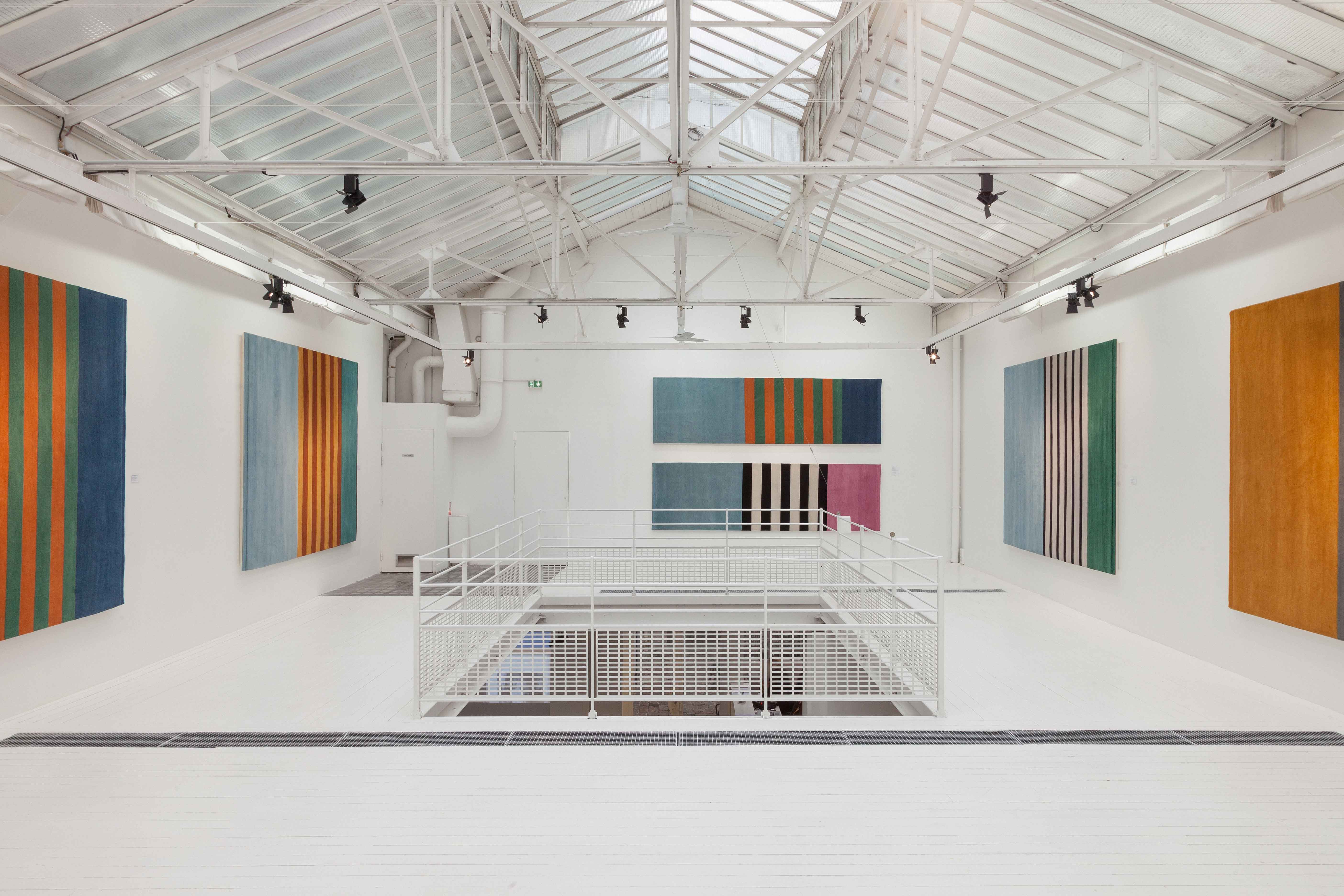 Paris Design Week 2023: the highlights
Paris Design Week 2023: the highlightsYour essential guide to Paris Design Week 2023, from Maison & Objet to Paris Déco Off, and the best things to see in town as part of Maison & Objet City
By Rosa Bertoli
-
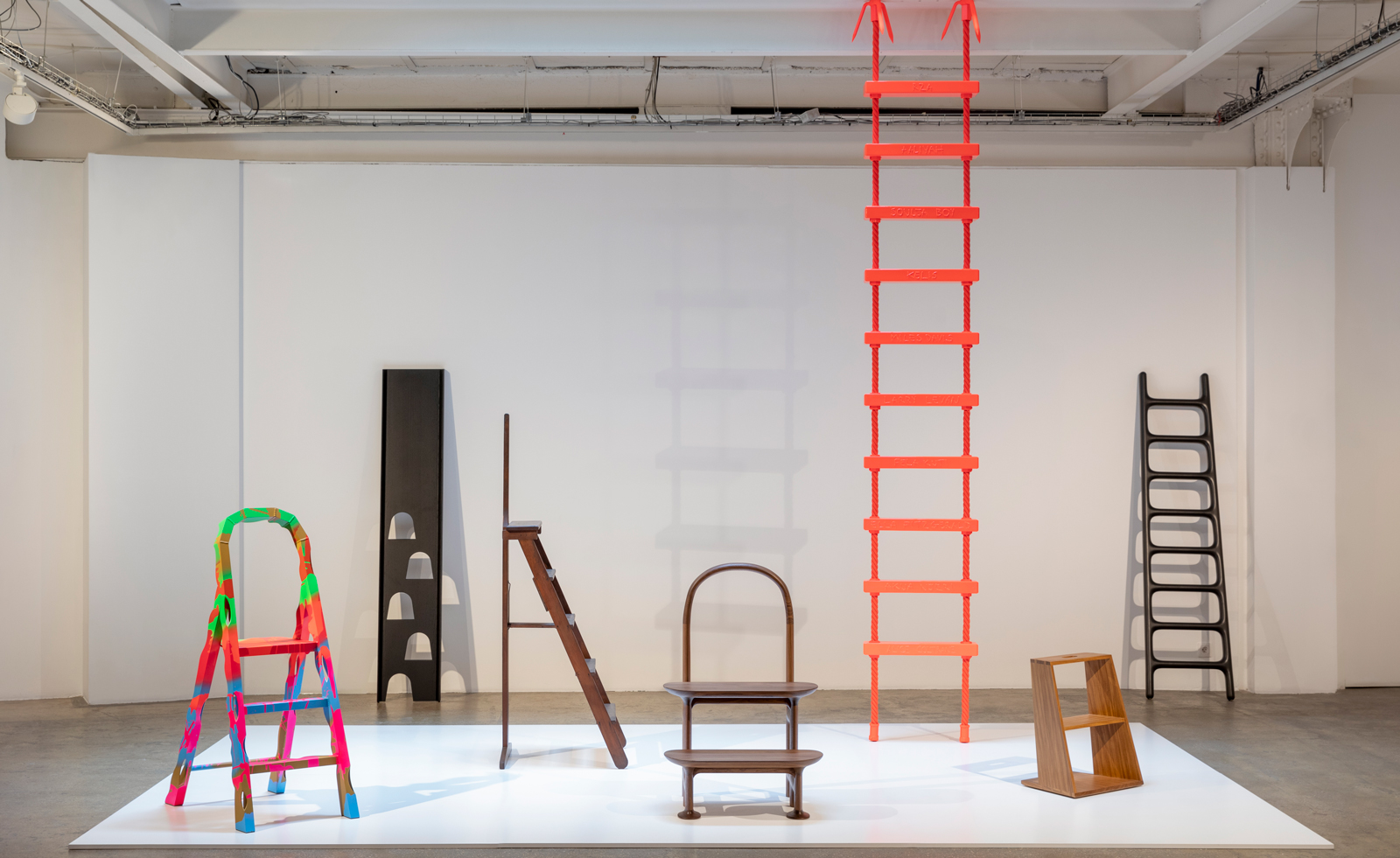 Step by step: Virgil Abloh, Jaime Hayon and more rethink the ladder at Galerie Kreo, Paris
Step by step: Virgil Abloh, Jaime Hayon and more rethink the ladder at Galerie Kreo, ParisA new exhibition at Galerie Kreo, ‘Step By Step’, invites more than 20 designers to rethink the ladder’s classic design
By Hannah Silver
-
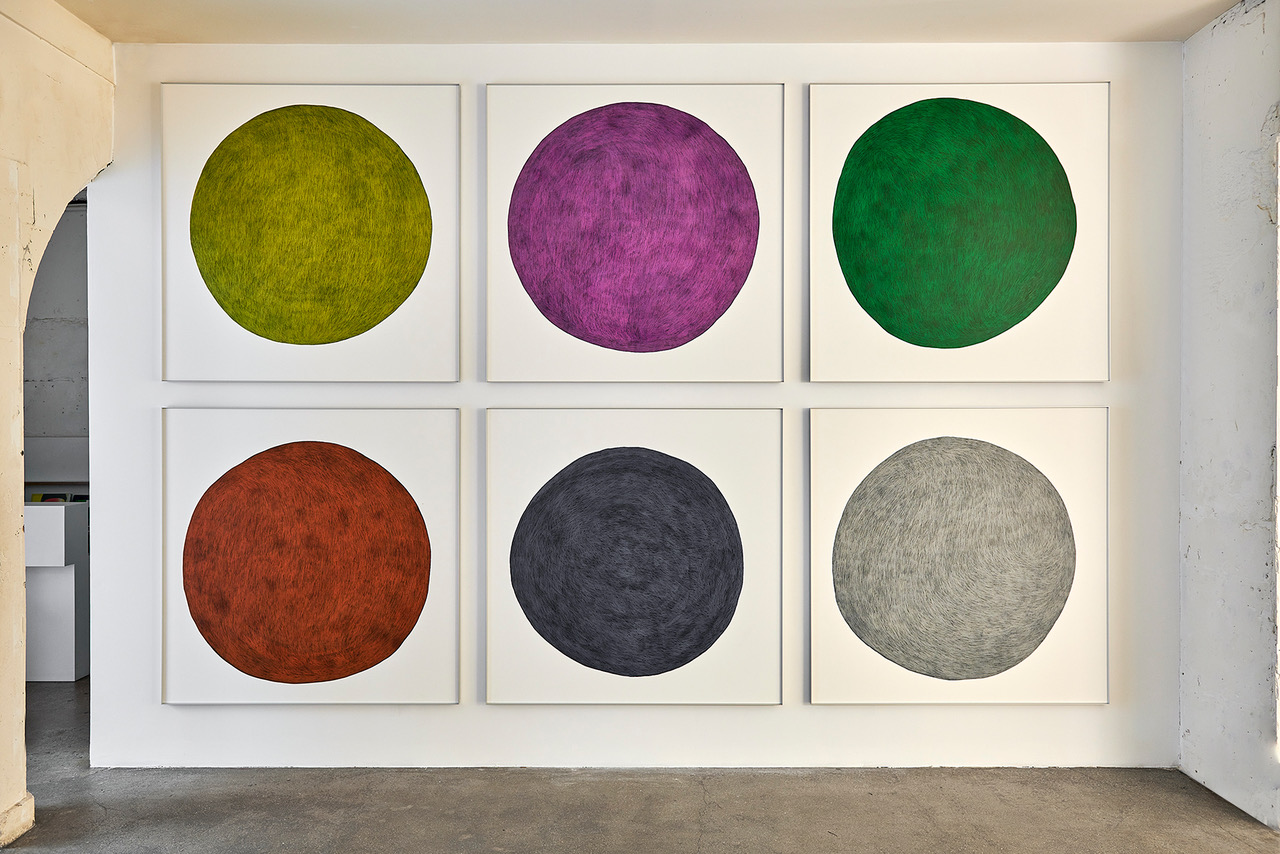 Virtually experience the shapes and colours of Pierre Charpin
Virtually experience the shapes and colours of Pierre CharpinTake a digital 3D tour of Pierre Charpin’s show ‘Similitude(s)’ at Paris’ Galerie Kreo that explores colour and geometry
By Ali Morris
-
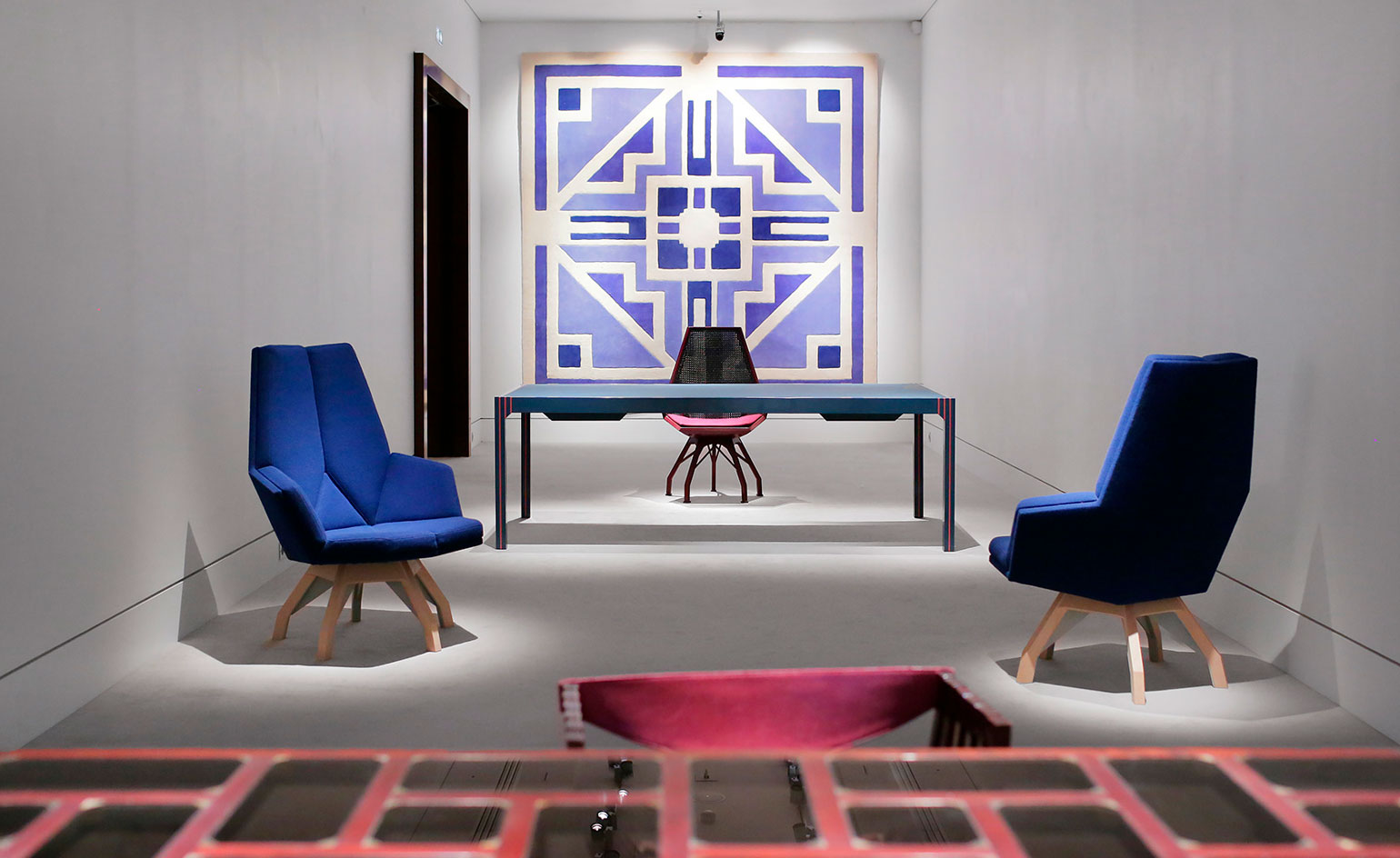 Re-living Pierre Paulin's 1970s Paris
Re-living Pierre Paulin's 1970s ParisTake a journey to 1970s Paris with Sotheby’s celebration of the work of French designer Pierre Paulin
By Laura May Todd
-
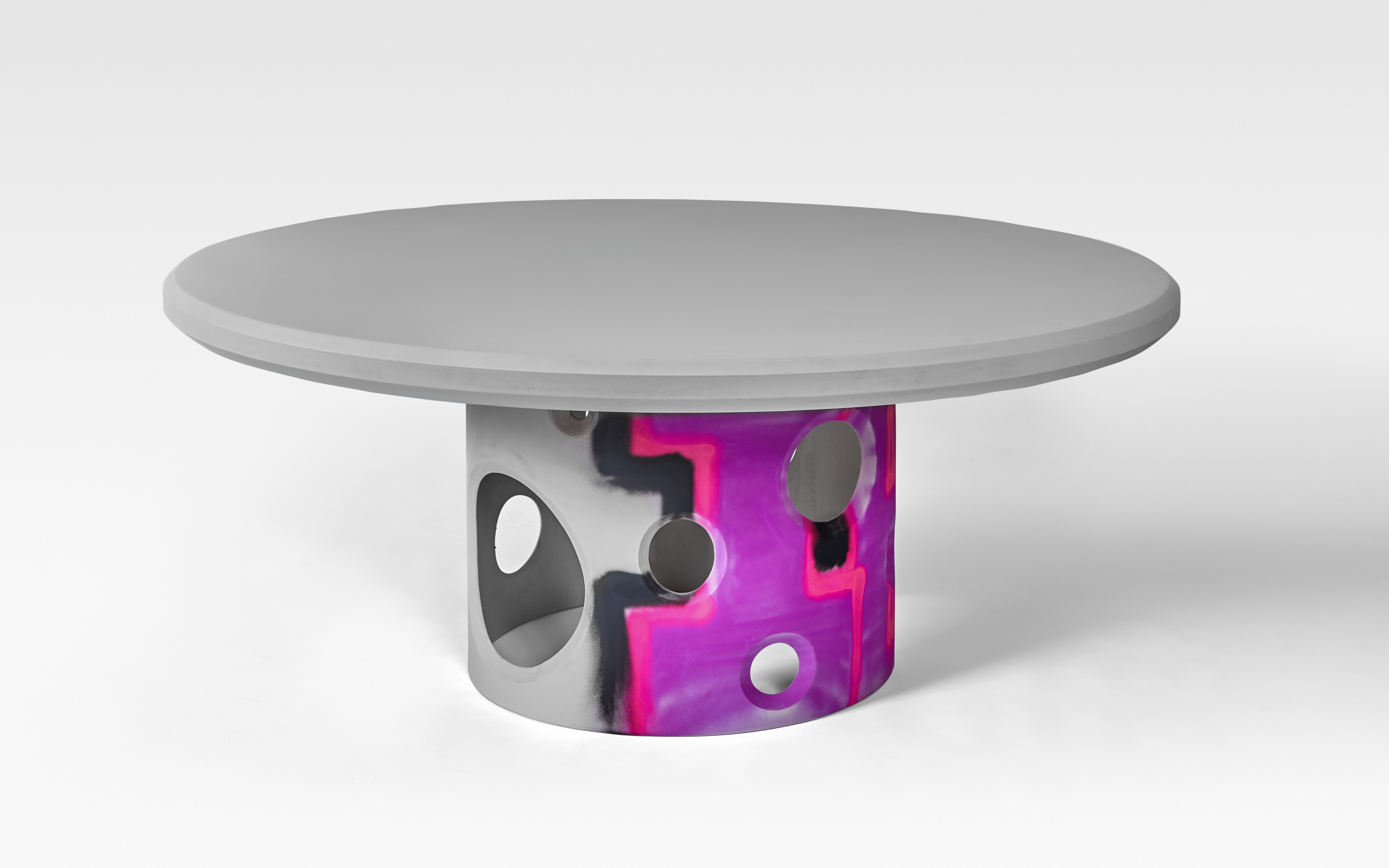 Cultural crossings at Maison et Objet January 2020
Cultural crossings at Maison et Objet January 2020In Paris this January, Maison et Objet (17-21 January) spanned fun rides, poetic performances and a Mediterranean brand launch
By Sujata Burman
-
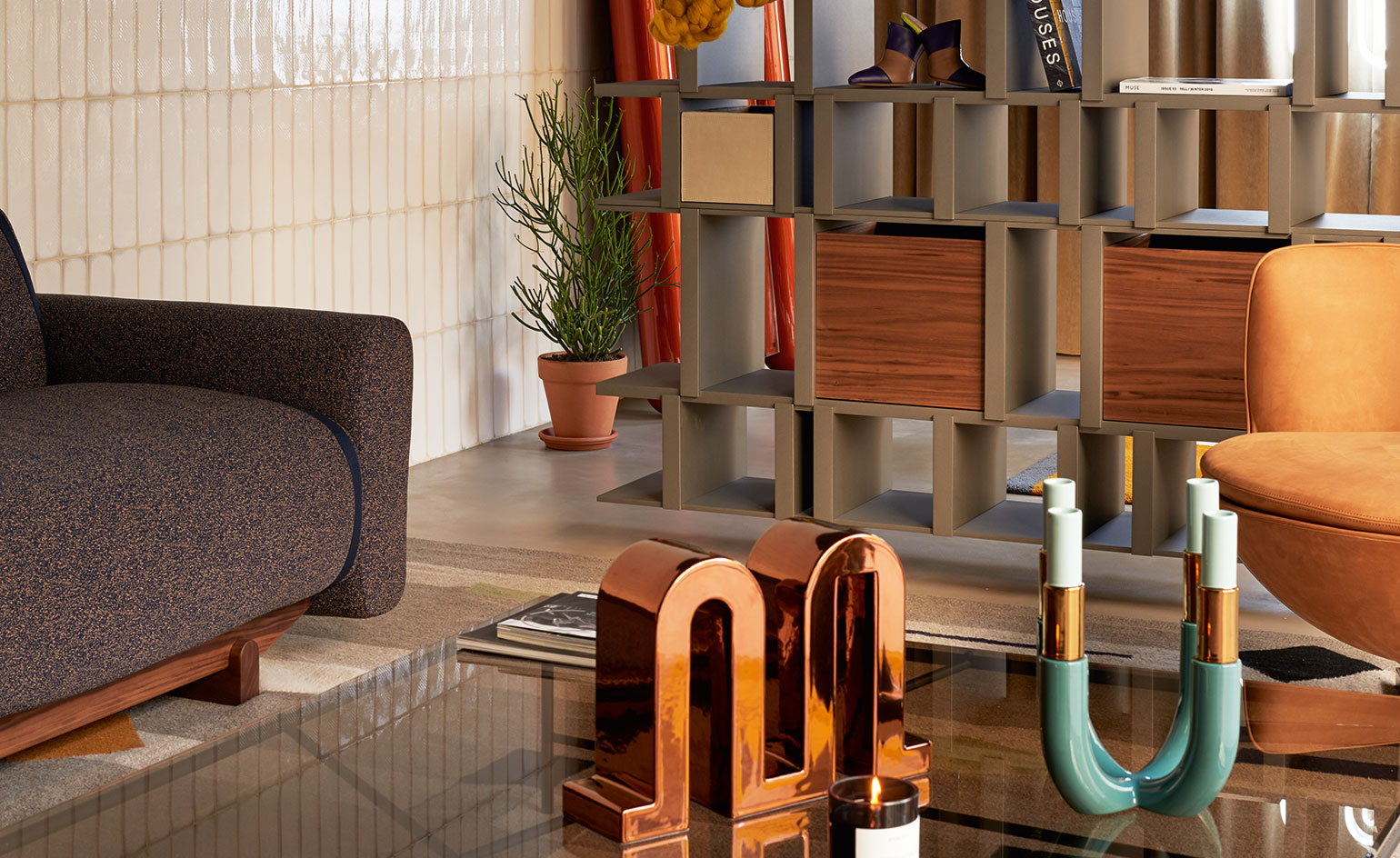 A new design, fashion and retail experience opens in Paris
A new design, fashion and retail experience opens in ParisNew brand La Manufacture offers French allure and Italian craft under the creative crew of Robert Acouri, Milena Laquale and Luca Nichetto
By Yoko Choy
-
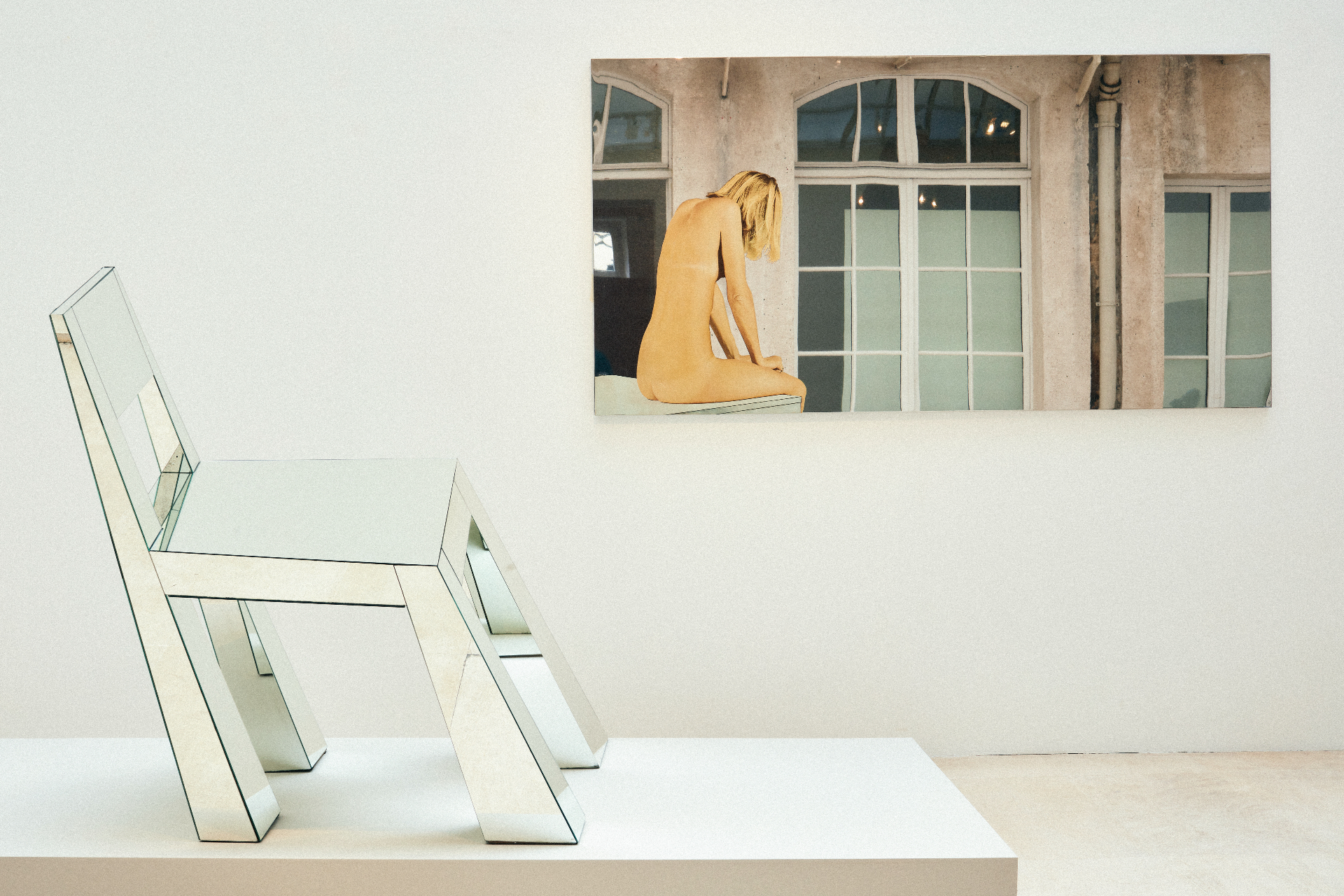 Charles Zana creates unexpected dialogues with 17 paired works in Paris
Charles Zana creates unexpected dialogues with 17 paired works in ParisIn exhibition Utopia, Charles Zana turns Tornabuoni Art in Paris into a salon of intimate conversations between Italy’s greatest post-war artists and architects
By Benoit Loiseau